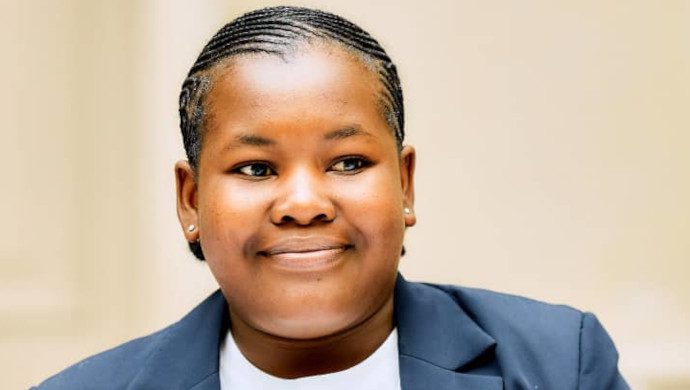Donor countries have reached agreement on a substantial replenishment (opfyldning) of funds to the International Development Association (IDA), the World Bank affiliate that provides assistance to the worlds 81 poorest countries where the vast majority of people live on less than two US dollar (ca. 11 DKR) a day.
At least 34 billion US dollar in resources will be made available during the next three years for development assistance, of which about 18 billion dollar will come from new contributions from 40 donor countries. This represents, at a minimum, a 25 percent increase in overall resources over the previous replenishment, and is the largest expansion of IDA resources in two decades.
While donor countries made firm financial commitments to the replenishment, some are still exploring the possibility of increased pledges to reach the 30 percent target supported at the Athens IDA Deputies meeting.
World Bank President James D. Wolfensohn hailed the new IDA framework, saying:
– IDA is the lifeline for many of the worlds poorest people and this increase in IDA resources represents a major step forward in the international communitys efforts to fight poverty and achieve the Millennium Development Goals.
– We are pleased that the donors have come together to ensure that the poorest countries of the world will continue to have substantial new resources for improving the lives of their people. This IDA14 replenishment marks an important milestone as the first measurable deliverable of 2005, a year of intense focus on scaling up both the volume and the quality of aid we provide in the fight against global poverty.
The new resources will underpin important innovations in IDAs policies for poverty reduction, which include the following:
1) Donors supported a renewed focus on stronger, broad-based economic growth as essential to enable poor countries to reach the ambitious goals of progress and human welfare embodied in the Millennium Development Goals. They pointed to a large and growing need for investment in access by poor communities to clean water, better communications and reliable power, and viewed IDA, which has a large and expanding infrastructure program, as a key instrument in meeting these requirements.
They also stressed that stronger growth required action by IDA to foster a better climate in poor countries for private investment, and they urged a redoubling of innovative efforts by IDA to support entrepreneurship and vibrant domestic private sector growth.
2) IDAs financial support to poor countries will now take systematic account of vulnerability to debt. The countries facing the toughest debt problems – most of them in Sub-Saharan Africa – will get all of their support in the form of grants, while less debt-burdened countries will receive IDAs highly concessional long-term loans (interest-free credits with a maturity period of 40 years and a grace period of 10 years), or in a few cases a mixture of grants and credits.
It is expected that, as a result, around 30 percent of total IDA support in the coming three years will be on grant terms. At the same time, donors agreed on measures to help offset the financial impact of grants on IDAs ability to support poor countries in the future.
3) In another innovative step, the new agreement puts development results at the center of IDAs program. Systematic indicators, based on the Millennium Development Goals and on countries own statistical systems, will monitor development progress and link outcomes to IDA country programs and projects, enabling better assessment of how both countries and IDA are doing, and quicker and more flexible responses to changes on the ground.
4) To get better results on the ground, donors also stressed that development needs stronger partnerships among aid providers and recipient countries, and better coordination of international development assistance – and they urged IDA to be a leading force for change.
They asked IDA, as the leading provider of aid to poor countries, to reach out more systematically to development partners, including bilateral aid agencies and other international institutions, in order to “harmonize” development approaches and programs and thereby increase the efficiency and impact of aid in support of developing countries own efforts.
The importance of stronger collaboration is emphasized in the title of the IDA Deputies report, “Working Together to Achieve the Millennium Development Goals.”
5) A key aspect of IDAs financial support to poor countries is the strong and transparent link to country performance on economic policies, governance and poverty reduction efforts. Donors supported a decision by the World Banks Board to make IDAs performance assessments of countries – its country ratings – publicly available.
This will further enhance IDAs own transparency and accountability, and also help foster greater dialogue and openness on critical development, policy and financing decisions by developing countries and by international development assistance agencies.
Geoff Lamb, the Banks Vice President for Concessional Finance and Global Partnerships and Senior Counsellor for IDA, said:
– This replenishment is crucial in both timing and volume to contribute towards adequate financing for the poorest countries to achieve the Millennium Development Goals – goals for our common future.
– We are pleased overall by the increases in the quality and volume of assistance IDA will be able to deliver over the next three years, though everyone recognizes that the international community will still need to step up to the levels of development assistance required for the poor countries to grow their way out of poverty, he concluded.
Kilde: www.worldbank.org














